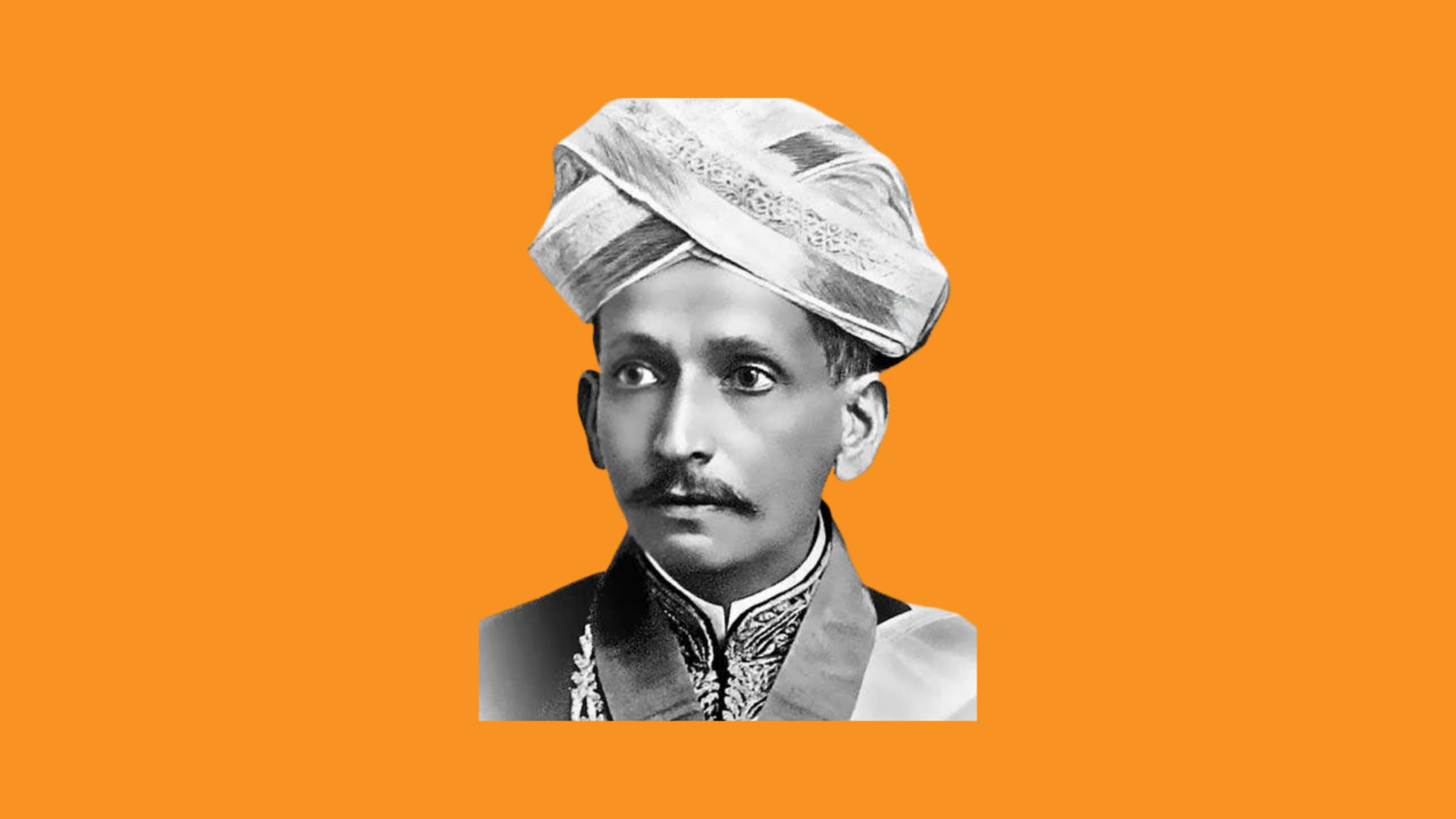By Vinay AH, Research Associate at Rashtram
Sir Mokshagundam Visvesvaraya, fondly called in short as Sir MV, was instrumental in the design and development of a multitude of dams, industries, irrigation projects and technical educational institutions. Of them the most significant contributions are the laying of the irrigation system for the Deccan plateau, flood control system for Hyderabad (1909), and the Krishnaraja Sagara Dam (1938) built over the Kaveri river near Mysore. The Hyderabad city which was ravaged by a major flood in 1908, and the then Mysore state which used to reel under a drought-like situation witnessing mass migration of its citizens, owe much to these projects conceived by Sir MV for their current status as economic “powerhouses”.
Sir MV took keen interest in promoting industries and technical educational institutions. One of the earliest Engineering colleges of India, the Government College of Engineering was established by him in Bengaluru in 1917. During his tenure as the Dewan of Mysore, the state witnessed a steady industrial development with the setting up of Mysore Soap factory, Bhadravati Iron & Steel industry, Mysore lamps, Mysore chemicals, Mysore University, State Bank of Mysore, Mysore Chamber of Commerce, Hindustan Aeronautics Limited to name a few. Much later in life, in 1945, he donated his retirement benefits to establish the Sri Jayachamarajendra Occupational Institute to train workforce for industries which were developing rapidly at that time.
Famously, to Mahatma Gandhi’s remark: “Industrialise and perish!”, Sir MV is said to have responded with: “Industrialise, or perish!”. This of course did not come in the way of the mutual respect that the two greats had for each other. Nevertheless, as evident from the very title of two of his works: Constructing India and Nation Building: A Five-Year Plan for the Provinces and Prosperity Through Industry, Sir MV staunchly believed that advances in industries and technology is essential for National development. Befittingly, his birthday, the September 15th is celebrated as the National Engineer’s Day. The State University of Karnataka too is named after him: Visvesvaraya Technological University. As early as 1915, the then British Indian empire recognised his contribution to public good by bestowing the order of Knight Commander of the British Indian Empire. In 1955, the Indian Government honoured Sir MV with the highest civilian award of Bharat Ratna.
Lest Sir MV’s legacy is reduced to his contribution to engineering and industrial development, his inspiring life journey and high standards of professional ethics are worth remembering. It’s an oft-quoted anecdote from Sir MV’s life that he grew up studying under the street lights. He is also said to have funded a part of his education by tutoring kids. Rising from such underprivileged conditions to become the “the father of modern Mysore state” is no mean feat after all. Known for professional ethics and integrity, another popularly narrated incident from Sir MV’s life is that he used to carry two sets of stationary: one provided by the government for official work, another acquired at personal expense for personal use. Commitment and devotion to the profession of engineering made Sir MV to take up official assignments at the ripe old age of 90! Yet his love for engineering did not sever him from his cultural roots. Sir MV established the Kannada Parishat for the promotion of Kannada language. Given all this, it is not surprising that his home state Karnataka, remembers Sir MV not just as a visionary engineer which he was, but also as a symbol of integrity and an inspiration for the younger generation.

